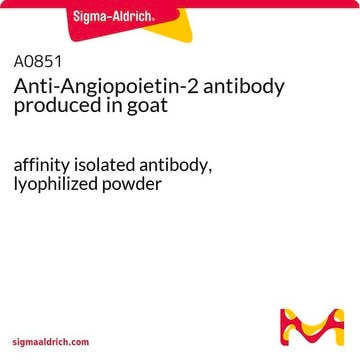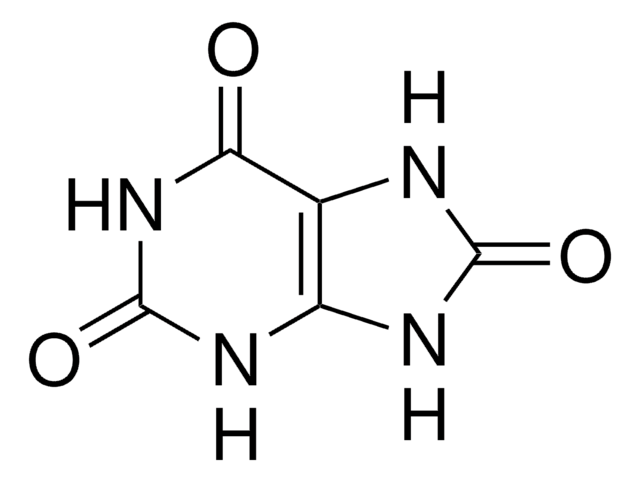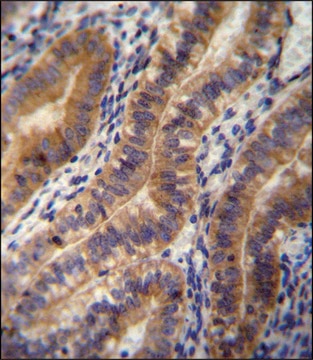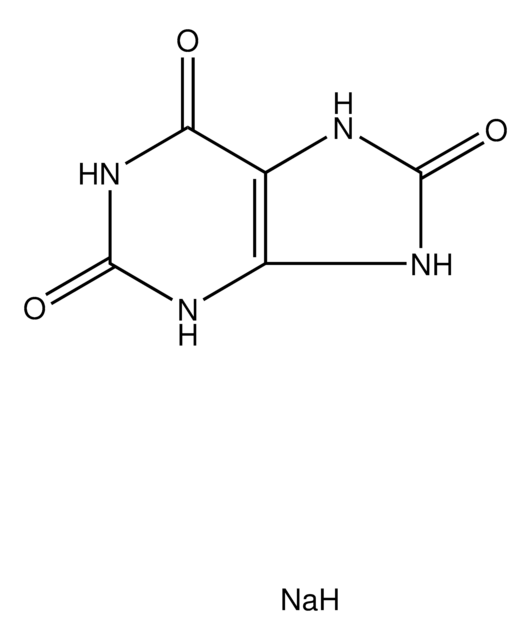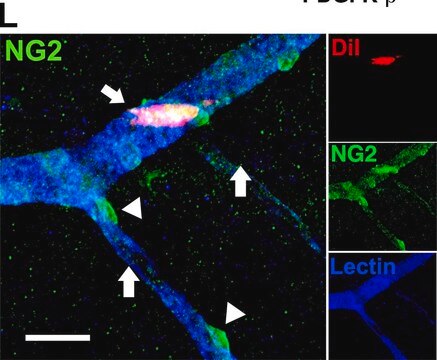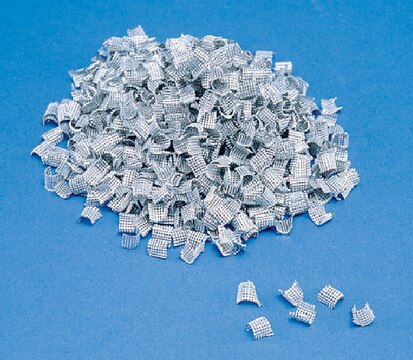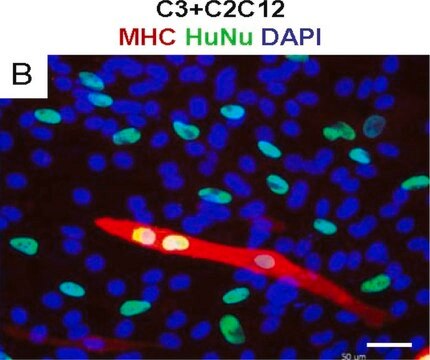AB3121
Anti-Angiopoietin-2 Antibody, NT
Chemicon®, from rabbit
Synonym(s):
Ang-2
Sign Into View Organizational & Contract Pricing
All Photos(1)
About This Item
UNSPSC Code:
12352203
eCl@ss:
32160702
NACRES:
NA.41
Recommended Products
biological source
rabbit
Quality Level
antibody form
affinity purified immunoglobulin
antibody product type
primary antibodies
clone
polyclonal
purified by
affinity chromatography
species reactivity
mouse
manufacturer/tradename
Chemicon®
technique(s)
ELISA: suitable
western blot: suitable
NCBI accession no.
UniProt accession no.
shipped in
dry ice
target post-translational modification
unmodified
Gene Information
mouse ... Angpt2(11601)
Specificity
Recognizes mouse Angiopoietin-2 (Ang-2). Mouse/human Ang-2 is a 496 AA secreted angiogenic protein (Suri et al. 1996). There is ~85% homology between mouse and human Ang-2. It is only 60% homologous with Ang-1 (Davis et al. 1996). Ang-2 may act as an antagonist of Ang-1 and Tie-2 (Suri et al. 1996). It is prominently expressed in tissues that are in involved in vascular remodeling (ovary, placenta, and uterus).
The immunogenic peptide sequence is 71% (15/21 aa) homologous with human Ang-2 and has no substantial homology with Ang-1. Antibody crossreactivity in other species is not established. The immunogen peptide is 85% conserved in porcine and 55% in chicken.
The immunogenic peptide sequence is 71% (15/21 aa) homologous with human Ang-2 and has no substantial homology with Ang-1. Antibody crossreactivity in other species is not established. The immunogen peptide is 85% conserved in porcine and 55% in chicken.
Immunogen
20 amino acid peptide sequence near the amino-terminus of mouse Ang-2.
Epitope: N-terminus
Application
Detect Angiopoietin-2 using this Anti-Angiopoietin-2 Antibody, N-terminus validated for use in ELISA & WB.
Research Category
Cell Structure
Cell Structure
Research Sub Category
ECM Proteins
ECM Proteins
Western blot: 1-10 μg/mL using ECL. The predicted size of Ang-2 is ~55 kDa. Like Ang-1, its size may higher due to glycosylation.
ELISA: 1:10,000-1:100,000 using 50-100 ng of control peptide per well.
Optimal working dilutions must be determined by end user.
ELISA: 1:10,000-1:100,000 using 50-100 ng of control peptide per well.
Optimal working dilutions must be determined by end user.
Physical form
Affinity purified immunoglobulin presented as liquid in PBS containing 0.1% BSA and 0.05% azide, pH 7.5
Storage and Stability
Maintain frozen at -20°C in undiluted aliquots for up to 12 months from date of receipt. May be stored at 2-8°C for short term use. Avoid repeated freeze/thaw cycles.
Other Notes
Concentration: Please refer to the Certificate of Analysis for the lot-specific concentration.
Legal Information
CHEMICON is a registered trademark of Merck KGaA, Darmstadt, Germany
Disclaimer
Unless otherwise stated in our catalog or other company documentation accompanying the product(s), our products are intended for research use only and are not to be used for any other purpose, which includes but is not limited to, unauthorized commercial uses, in vitro diagnostic uses, ex vivo or in vivo therapeutic uses or any type of consumption or application to humans or animals.
Not finding the right product?
Try our Product Selector Tool.
wgk_germany
WGK 2
flash_point_f
Not applicable
flash_point_c
Not applicable
Certificates of Analysis (COA)
Search for Certificates of Analysis (COA) by entering the products Lot/Batch Number. Lot and Batch Numbers can be found on a product’s label following the words ‘Lot’ or ‘Batch’.
Already Own This Product?
Find documentation for the products that you have recently purchased in the Document Library.
Sertoli Cell-Initiated Testicular Innate Immune Response through Toll-Like Receptor-3 Activation Is Negatively Regulated by Tyro3, Axl, and Mer Receptors.
Sun B, Qi N, Shang T, Wu H, Deng T, Han D
Endocrinology null
C Suri et al.
Cell, 87(7), 1171-1180 (1996-12-27)
Vascular endothelial growth factor (VEGF), which acts via members of a family of endothelial-specific receptor tyrosine kinases, is the only factor that has been shown definitively to play a role in the formation of the embryonic vasculature. Only one other
Increased Expression of Angiopoietins and Tie2 in the Lungs of Chronic Asthmatic Mice.
Makinde TO, Agrawal DK
American Journal of Respiratory Cell and Molecular Biology null
Sunil K Chauhan et al.
Arteriosclerosis, thrombosis, and vascular biology, 35(7), 1606-1615 (2015-05-23)
In angiogenesis, circulating mononuclear cells are recruited to vascular lesions; however, the underlying mechanisms are poorly understood. Here, we characterize the functional role of protein tyrosine kinase 7 (PTK7)-expressing CD11b(+) mononuclear cells in vitro and in vivo using a mouse
S F Winter et al.
Oncogene, 26(34), 4897-4907 (2007-02-14)
The expression of fibroblast growth factor receptor (FGFR)-1 correlates with angiogenesis and is associated with prostate cancer (CaP) progression. To more precisely define the molecular mechanisms whereby FGFR1 causes angiogenesis in the prostate we exploited a transgenic mouse model, JOCK-1
Our team of scientists has experience in all areas of research including Life Science, Material Science, Chemical Synthesis, Chromatography, Analytical and many others.
Contact Technical Service